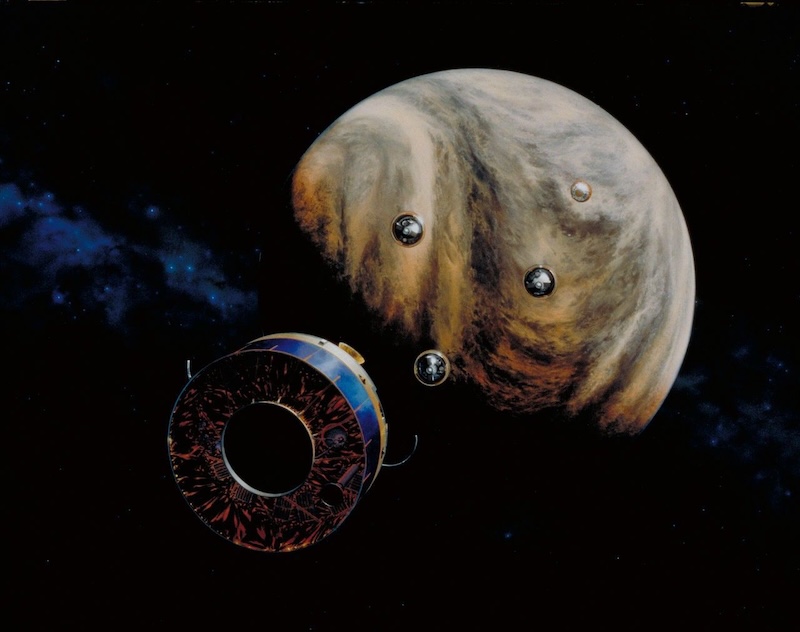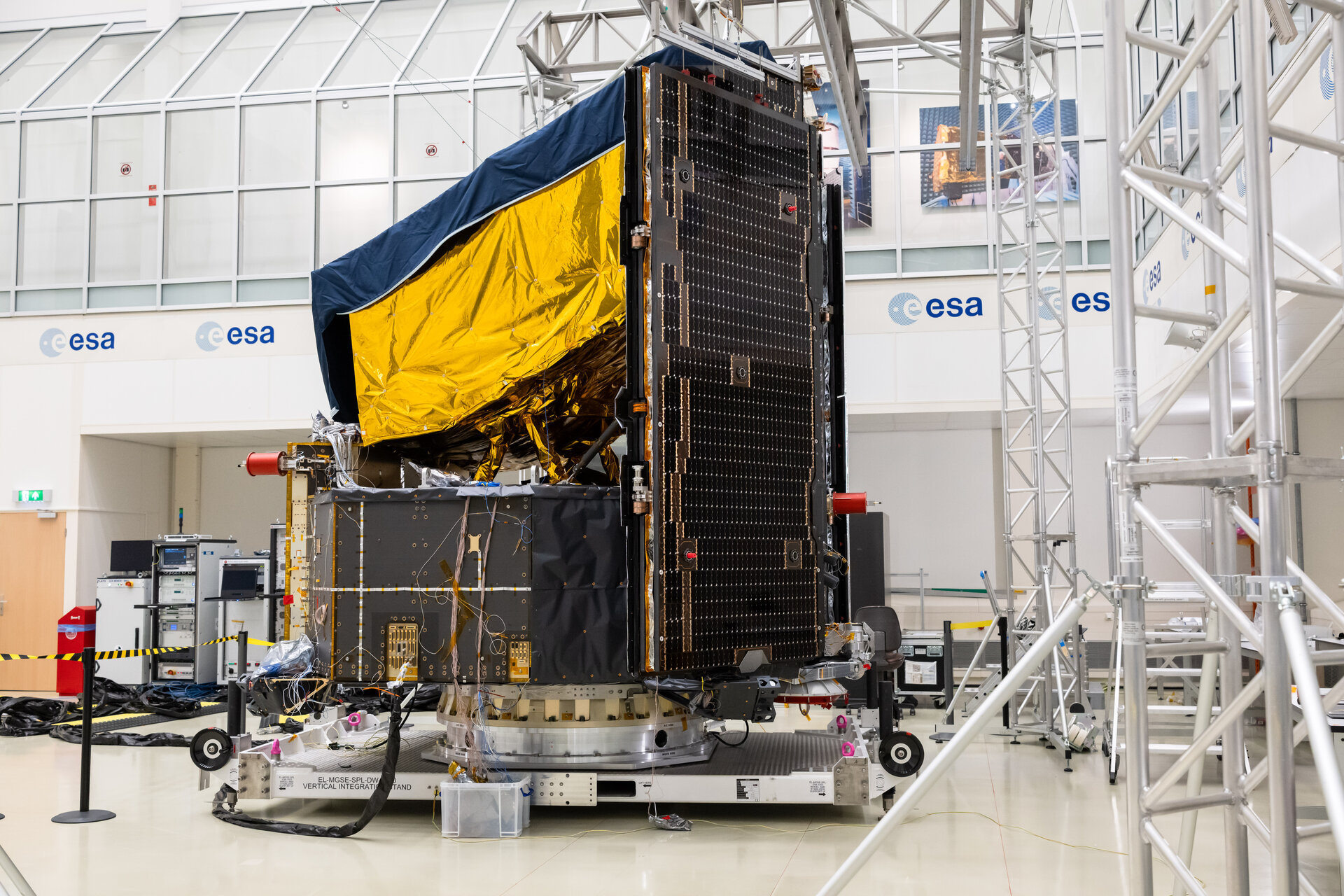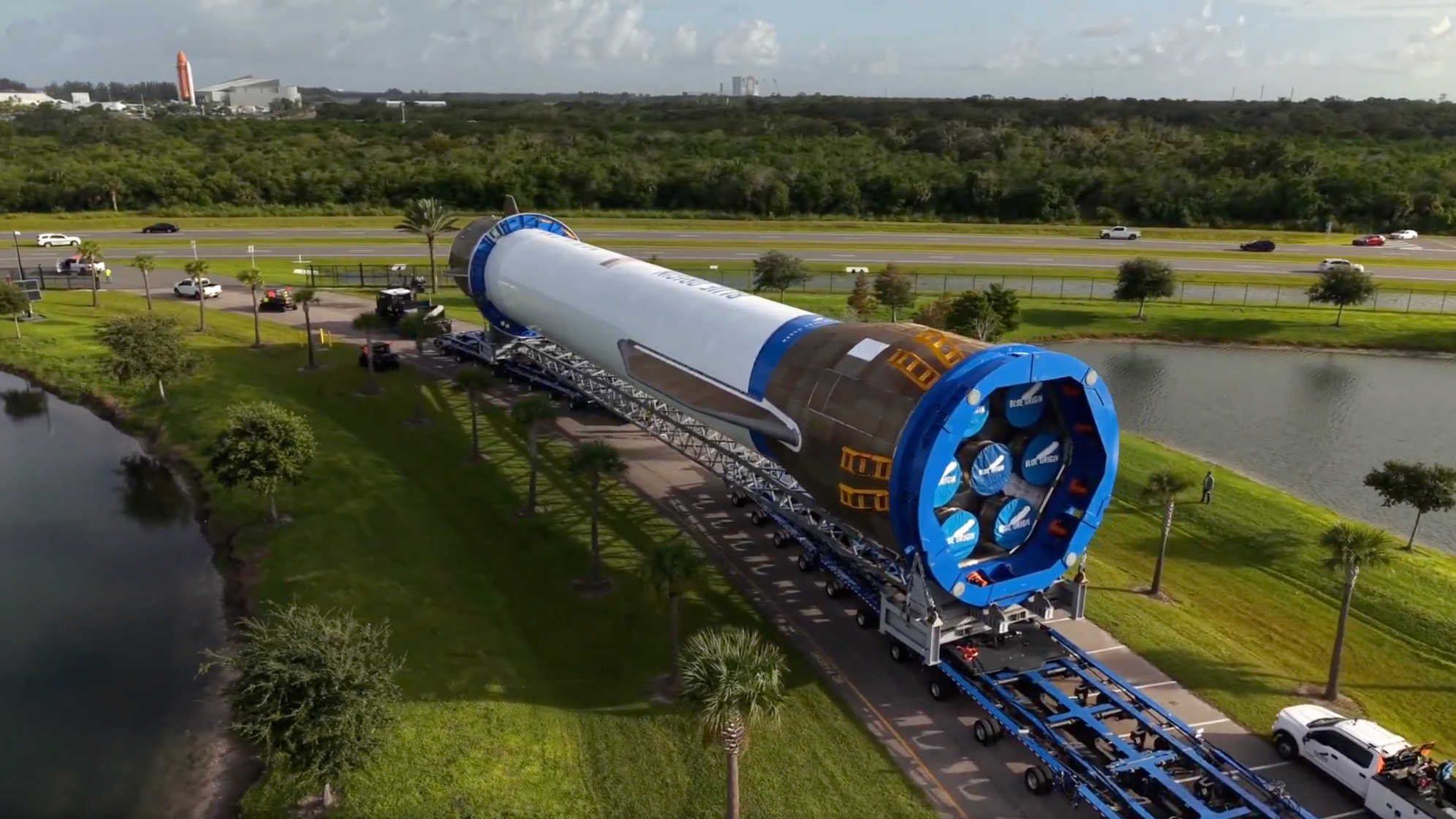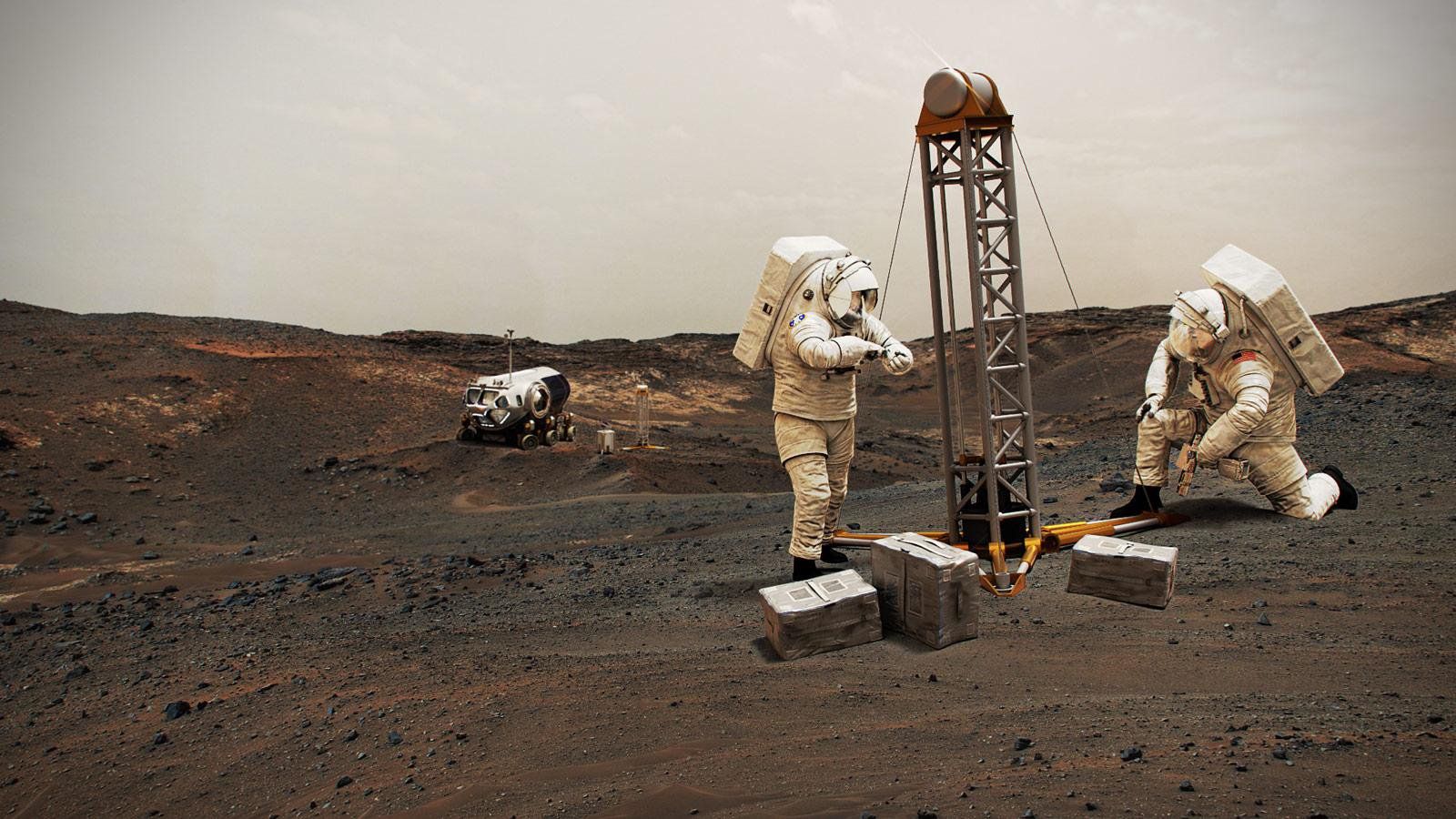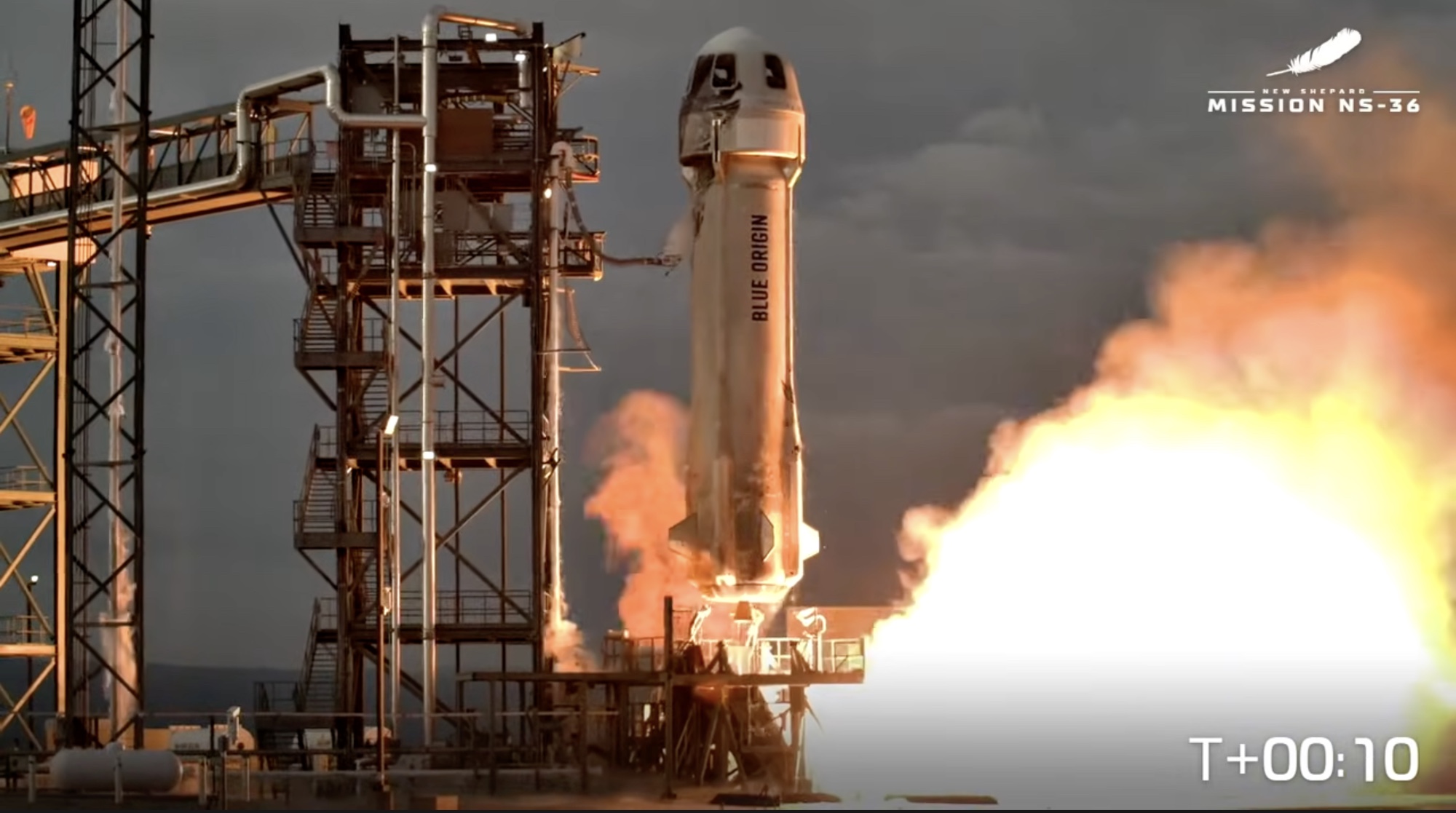View larger. | Artist’s illustration of Pioneer Venus 2 approaching Venus in 1978. The mission consisted of a main spacecraft, 1 large probe and 3 small probes. A new analysis
Archive for October, 202582- Page
There once was a dream of cities in space — vast cylindrical habitats, self-sufficient and populated by millions who would look down on the Earth from their lofty perch. Back
Science & Exploration 09/10/2025 565 views 6 likes By fitting its sunshield and solar panels, engineers have completed the construction of Plato, the European Space Agency’s mission to discover Earth-like
Did Mars Once Have an Ocean? New Research Suggests Yes kerryhensley45577 Wed, 10/01/2025 – 10:21 Did Mars Once Have an Ocean? New Research Suggests Yes https://news.uark.edu/articles/80081/did-mars-once-have-an-ocean-new-research-suggests-yes
What if our understanding of Uranus and Neptune’s compositions have been wrong, specifically regarding their classifications as “ice giants”? This is what a recent study accepted for publication in Astronomy
Blue Origin’s second New Glenn rocket just made a big move. Jeff Bezos’ company rolled a New Glenn first stage out to the launch pad at Cape Canaveral Space Force
AUCKLAND, New Zealand — Stoke Space, a company developing a fully reusable launch vehicle, has raised $510 million to fund operations through its first launches, bringing its total capital raised
WASHINGTON — A wave of defense spending in Europe and renewed military investment in the United States — driven in part by President Donald Trump’s Golden Dome missile defense program
The right mix of astronaut personalities could make or break future missions to Mars. A new study from researchers at the Stevens Institute of Technology in New Jersey used advanced
CHRISTCHURCH, New Zealand — Blue Origin launched its sixth crewed New Shepard flight so far this year Oct. 8 as the company works to increase the vehicle’s flight rate. New
-
 012024 in Review: Highlights from NASA in Silicon Valley
012024 in Review: Highlights from NASA in Silicon Valley -
 02Panasonic Leica Summilux DG 15mm f/1.7 ASPH review
02Panasonic Leica Summilux DG 15mm f/1.7 ASPH review -
 03How New NASA, India Earth Satellite NISAR Will See Earth
03How New NASA, India Earth Satellite NISAR Will See Earth -
 04And Thus Begins A New Year For Life On Earth
04And Thus Begins A New Year For Life On Earth -
 05Astronomy Activation Ambassadors: A New Era
05Astronomy Activation Ambassadors: A New Era -
06SpaceX launch surge helps set new global launch record in 2024
-
 07Space Force plans new ‘Futures Command’ amid pressure to speed up modernization
07Space Force plans new ‘Futures Command’ amid pressure to speed up modernization


